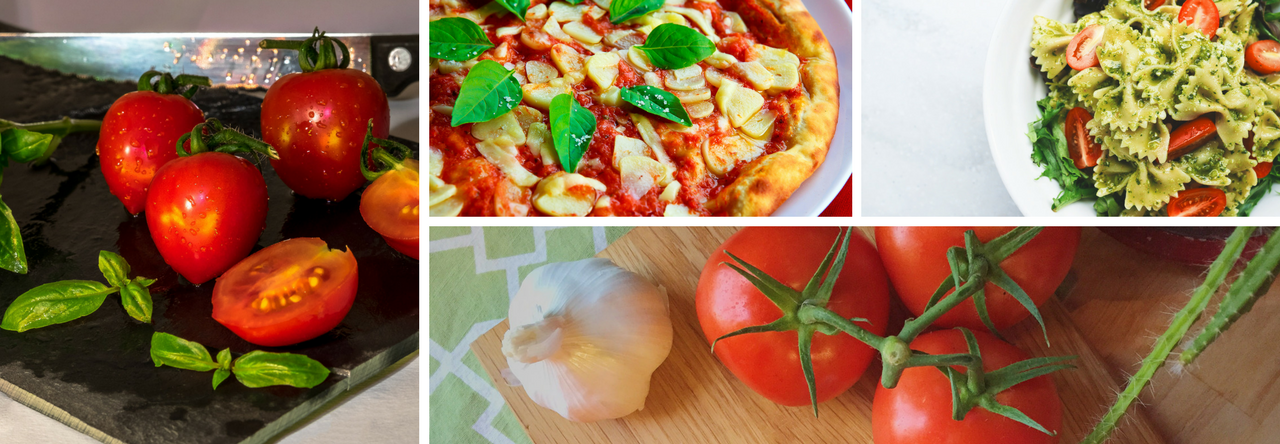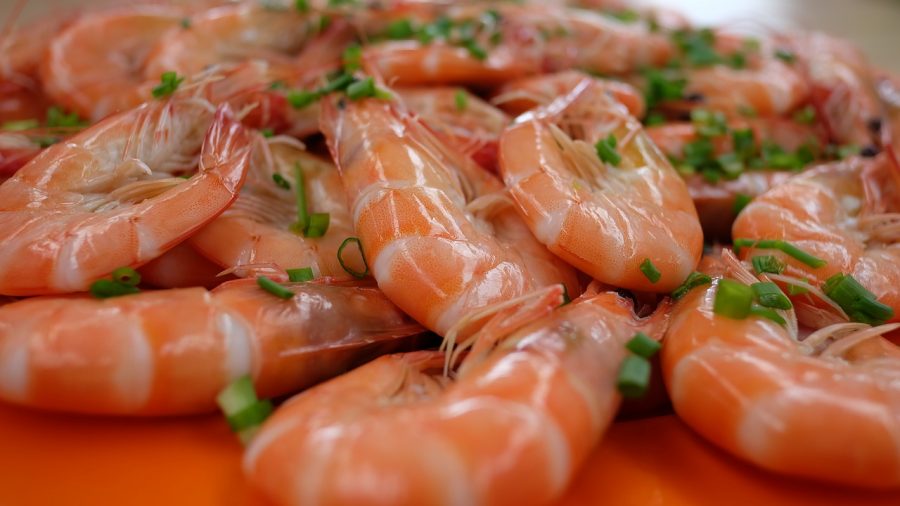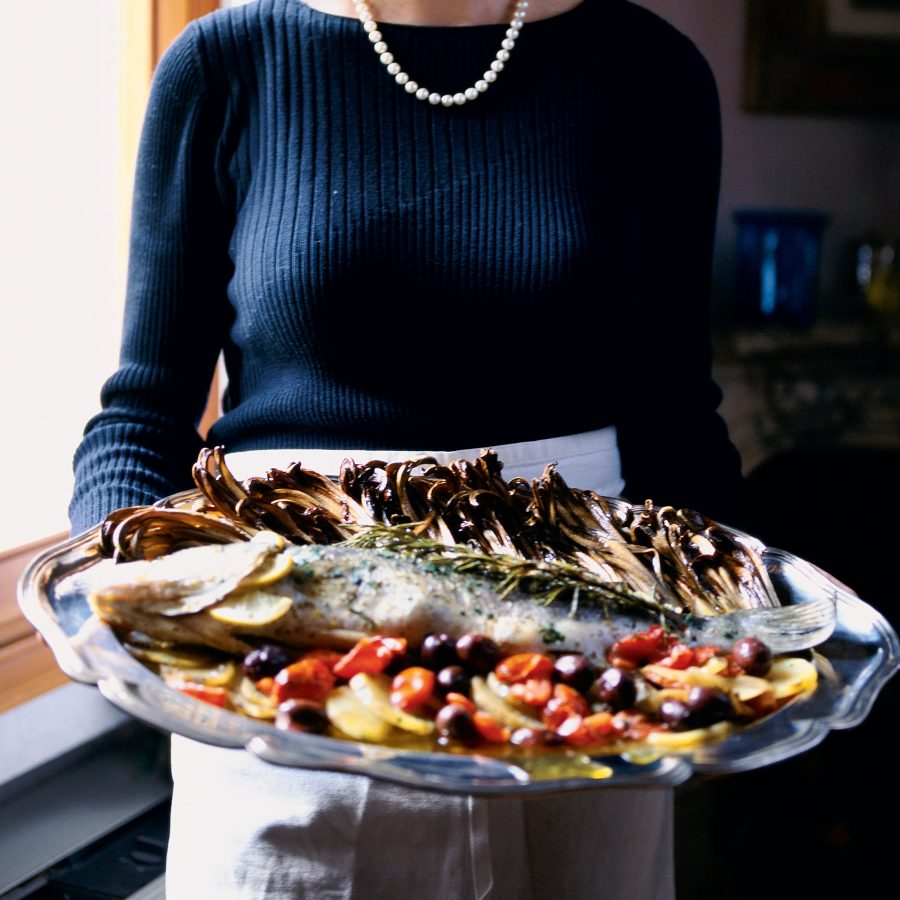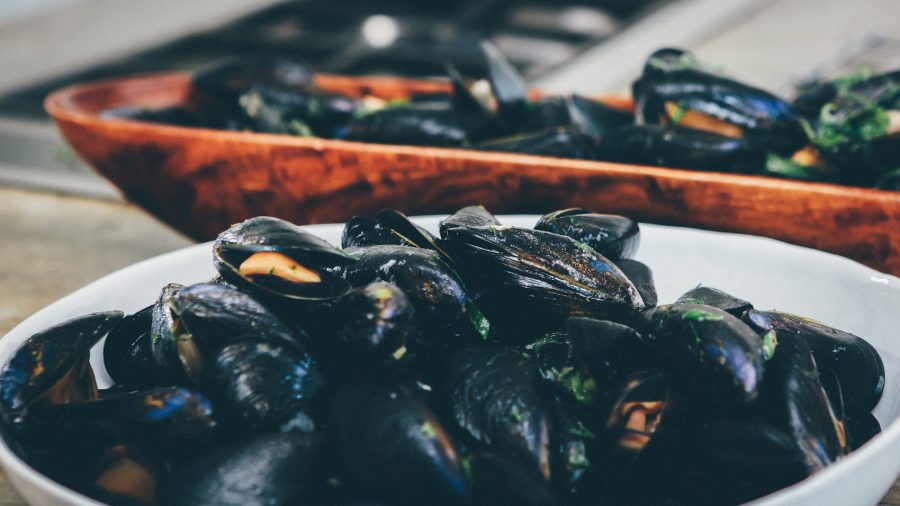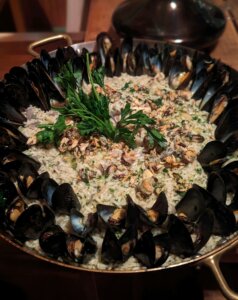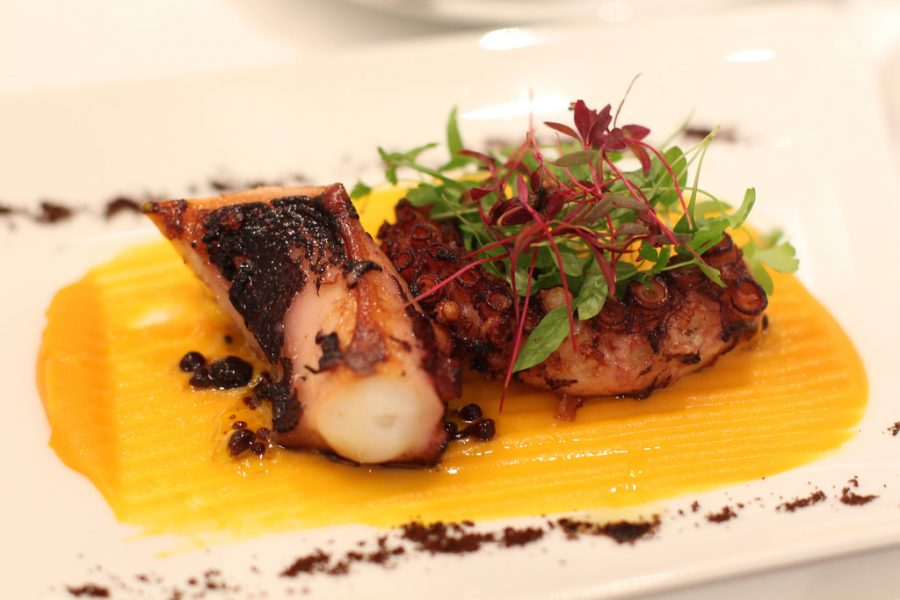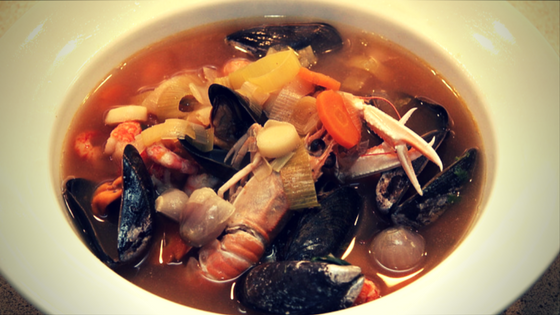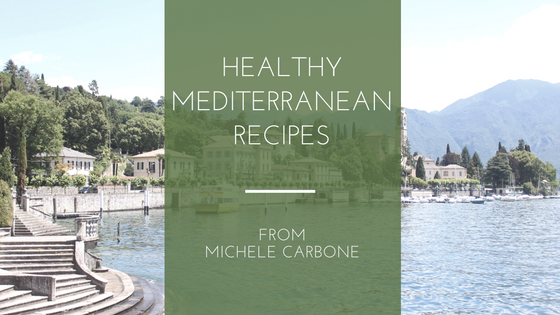This is an easy, excellent shrimp recipe.
Note: This recipe will work with other crustaceans, you just need to adjust for amount of time and ingredients.
Ingredients
- Approximately 20 very large shrimp, with shells, heads and tails on
- ¼ stick of butter (about 25 grams)
- ½ box of crushed Pomì or other crushed Italian tomatoes (if you have homemade canned tomatoes, use them instead–see my website recipe)
- 1 bunch (approximately 8) green onions, chopped
- ½ glass white wine
- ½ cup of fresh mint, finely chopped
Preparation
- In a large pot, boil water. Add the shrimp and boil it for 2 minutes.
- Using a colander, pour out the water, and allow the shrimp to cool. Once the shrimp have cooled, peel them, leaving their heads attached to their bodies.Put the peeled shrimp onto a platter.
- Melt the butter in a skillet, add green onions and cook on low heat for about 5 minutes or until they are soft. Stir often to avoid sticking.
- Keeping the heat on low, add the chopped tomatoes and cook for 2 to 3 minutes.
- Add the white wine and allow the sauce to continue simmering for another 5 6 minutes, until the sauce is reduced (i.e. it becomes thick again).
- Spoon the sauce over each dinner plate, then put 5 shrimp on top of the sauce. Sprinkle with chopped mint.
- Buon Appetito!
Italiano: Gamberetti con salsa di pomodoro, cipolle verdi e menta
Questa è una ricetta di gamberetti facile ed eccellente.
Questa ricetta è sufficiente per quattro persone.
Nota: questa ricetta funzionerà con altri crostacei, devi solo regolare la quantità di tempo e gli ingredienti.
Ingredienti
- Circa 20 gamberetti molto grandi, con guscio, testa e coda
- 25 grammi di burro
- ½ scatola di Pomì schiacciato o altri pomodori italiani schiacciati (se avete pomodori in scatola fatti in casa, usateli invece – vedete la ricetta del mio sito web)
- 1 mazzo (circa 8) cipolle verdi, tritate
- 120 ml di vino bianco
- 1 manciata di menta fresca, tritata finemente
Preparazione
- Bollire i gamberi 2 minuti, raffreddarli, pelarli lasciandogli la testa.
- Squagliare ¼ di bastoncino di burro, circa 25 g, in una padella a fuoco basso.
- Aggiungere 1 mazzetto di cipolline verdi tagliate a rondelle (circa 8 cipolline), 5 minuti a fuoco basso o finché pronte (girate spesso).
- Aggiungere mezzo scatolo di pelati (250g), meglio Pomì “crushed” o ancora meglio conserva fatta in casa, vedi la ricetta sul mio website. Cuocere a fuoco basso 2-3 minuti.
- Aggiungere 120 ml vino bianco, continuare a cuocere sempre a fuoco basso per altri 5-6 minuti. Spegnere il fuoco.
- Mettete la salsetta al centro di ogni piatto, metteteci sopra 5 gamberoni, la menta tagliuzzata e buon appetito.
Recipe 2: Shrimp Calabrian style
Ingredients
- 20 shrimp with head and everything else, not peeled!
- ½ cup extra virgin olive oil
- 3 cloves of garlic, smashed
- 1 bunch of parsley, chopped very fine
- Hot red pepper (better fresh southern Italian hot peppers, or Hawaiian hot peppers, or Thai peppers, or whatever dry red pepper you have)
- 1 glass white wine
Recipe
- Using scissors, cut lengthwise along the spine of the shrimp, starting from the junction of the head-body down toward the tail–but leave the head and the shell on! Carefully pull the black cord from the shrimp and rinse under cold water. Set aside until all the shrimp have been sliced.
- In a large pan, add ½ cup olive oil, and turn the heat to high. When the oil is hot, add the garlic. Turn the flame off, and allow the garlic take on a golden color.
- Remove and discard the garlic.
- Turn the flame back to high and add ½ of the minced parsley, red pepper to taste, and immediately add the shrimp. Cook about 1 minute per side, add 1 glass of white wine, and cook for 2 more minutes (i.e. 1 additional minute per side).
- Remove from heat.
- Pour the sauce from the skillet over each plate, add the shrimp on top forming a circle, then garnish with the remaining minced parsley.
- Buon appetito!
Italiano: Gamberi alla Calabrese
- Tagliare il guscio dei gamberi dorsalmente con le forbici, senza rimuovere nè guscio nè la testa.
- Versare circa un bicchiere d’olio d’oliva in una padella grande. Fuoco forte.
- Soffriggere l’aglio, rimuoverlo appena imbiondisce, aggiungere un pugno di prezzemolo tritato, pepperoncino rosso, a gusto vostro, a me piacciono molto piccanti, e immediatamente anche i gamberi.
- Soffriggere 1 minuto per lato. Aggiungere 1 bicchiere vino bianco. Cuocere altri due min, sempre fuoco forte, 1 minuto per lato.
- Rimuovere padella dal fuoco, aggiungere un pugno di prezzemolo tritato, e servire i gamberi con la loro salsetta.
- Buon appetito!

